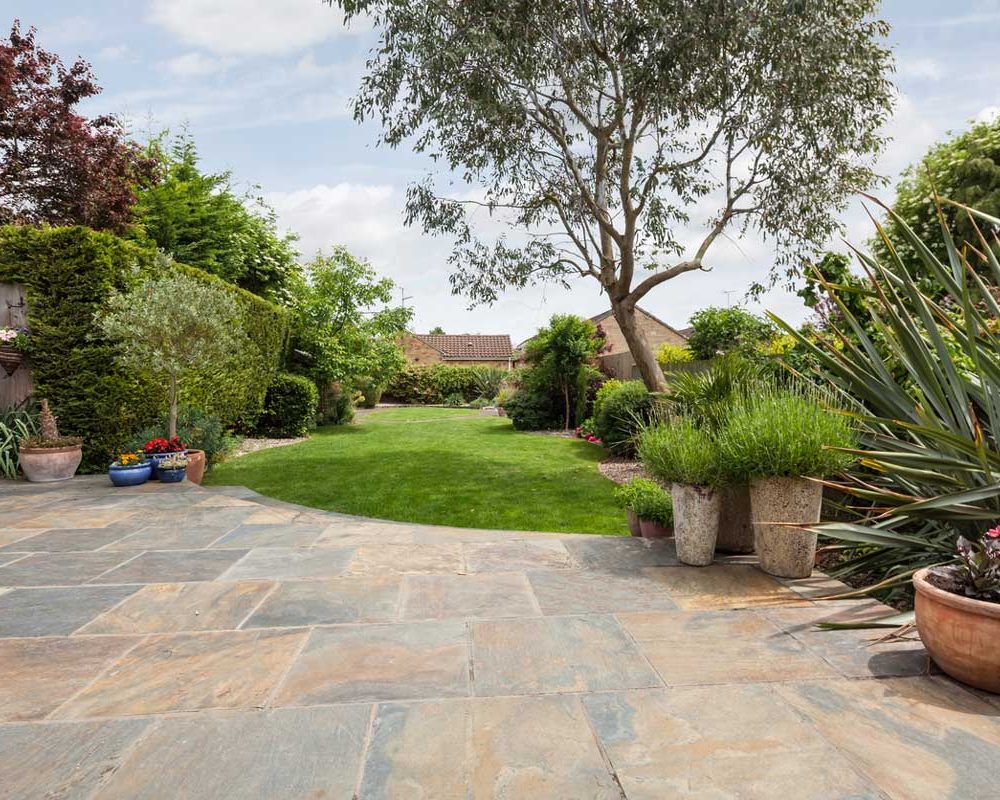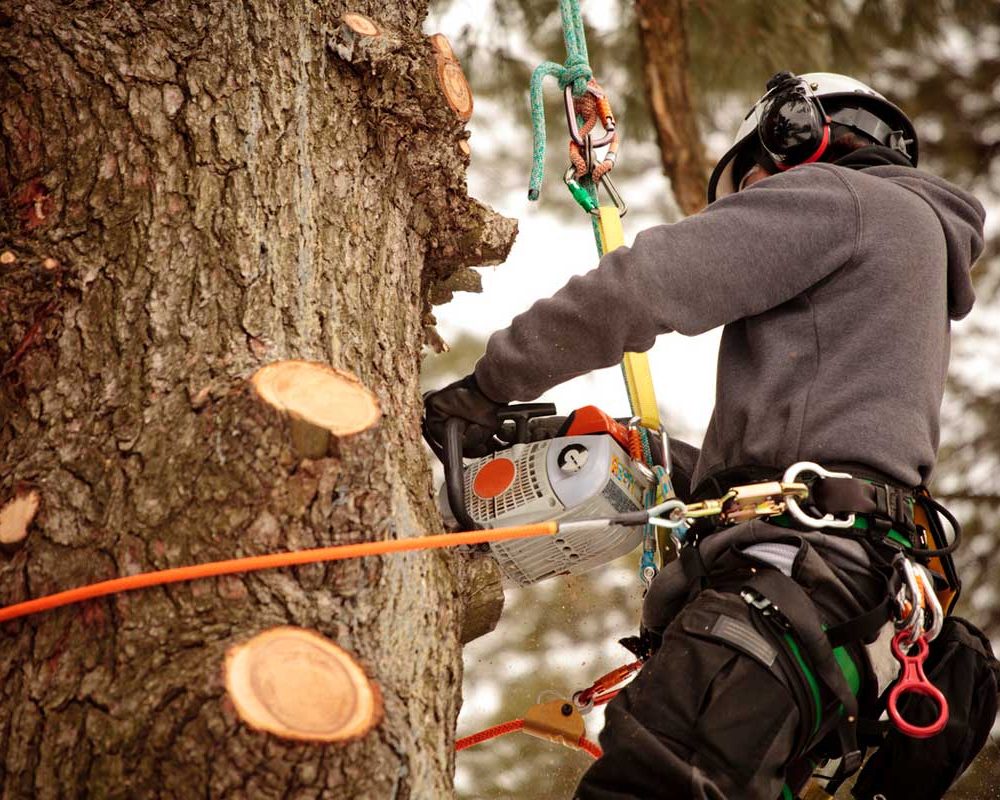Arborists perform a range of tasks, from tree pruning and removal to disease management and maintenance. However, these tasks can be hazardous if not executed with precision and adherence to safety protocols. In this blog, we will delve into essential safety practices that every arborist should follow to ensure the well-being of both themselves and the environment.
1. Training and Certification
Before embarking on a career in tree surgery, comprehensive training and certification are imperative. Arborists should receive formal education and hands-on training from recognized institutions. These can be found on the NPTC websites to see which courses are available closest to you. In acheiving these ‘tickets’ you will gain credibility and demonstrate a commitment to safety and professionalism.
2. Personal Protective Equipment (PPE)
Proper PPE is non-negotiable in tree surgery. Arborists should wear:
- Hard hats to shield against falling debris.
- Eye protection to prevent wood chips, dust, and debris from entering the eyes.
- Hearing protection to minimize the impact of chainsaw and machinery noise.
- Gloves that offer both grip and protection against cuts.
- Chainsaw-resistant trousers to guard against cuts and scrapes.
- Chainsaw protective boots with sturdy soles, ankle support and steel toe caps
3. Risk Assessment
Each tree surgery job is unique. Before starting any task, conduct a thorough risk assessment. Identify potential hazards such as nearby power lines, unstable branches, or the tree’s condition. Develop a plan to mitigate these risks, and communicate it to the entire team.
4. Equipment Inspection and Maintenance
Regular inspection and maintenance of equipment are paramount to safety. Ensure that all tools, especially chainsaws and ropes, are in optimal working condition. Blunt chains and faulty equipment can lead to accidents.
5. Proper Climbing Techniques
Tree climbers should be well-versed in safe climbing techniques. Always use a secured harness and ropes, ensuring proper attachment to the tree. Never free climb.
6. Tree Inspection
Conduct a thorough inspection of the tree before commencing work. Look for signs of disease, decay, or instability. A tree in poor condition might require additional precautions or even postponement of the job if the risks are too high.
7. Clear Communication
Effective communication within the team is vital. Ensure everyone understands their roles and responsibilities. Use clear signals when working with machinery or when directing a tree’s fall.
8. Electrical Safety
When working near power lines, always assume they are live. Maintain a safe distance and follow regulations for working around electrical infrastructure. Contact the utility company if necessary.
9. Controlled Tree Removal
When felling a tree, proper planning is essential. Assess the tree’s lean, the surrounding area, and potential obstacles. Use the correct felling cuts and back cuts to control the fall direction.
10. Environmental Considerations
Tree surgery doesn’t just impact arborists; it affects the environment too. Minimize damage to surrounding vegetation, and consider the implications of removing a tree on local ecosystems. If possible, explore alternatives to removal, such as pruning or disease management.
Conclusion
Safety is the cornerstone of successful tree surgery. By implementing these essential safety practices, arborists can protect themselves, their colleagues, and the environment while delivering expert care to the world’s precious trees. Through proper training, meticulous planning, and a commitment to following safety guidelines, the art of tree surgery can thrive without compromising well-being.




